| 1. What has your research project focused on and what are your key results and innovations coming from your research project? The main focus of my research project was to develop new experimental and computational tools to develop solubility-enhancement formulations. To put it more simply: how can we improve efficiency in the drug development process? The main highlight from my research was the development of a new computational workflow which reduced the experimental time required to select a crucial formulation component (precipitation inhibitors) by up to 90%. |
2. What impact does your research project and your outcomes have?
Computational pharmaceuticals is a potentially paradigm shifting approach to formulation development. Already we are seeing the huge impact that computational technologies (e.g. AI and machine learning) can have in drug discovery, but in drug development we are still in the early stages. As a first step, our work on the use of quantum mechanics and computational chemistry has inspired further work on this technology. For example, one of the projects I am currently leading will roll-out this approach to several other areas of formulation development. The blue-sky goal is that, in the future, 75% of formulation development will take place “in silico”, screening vast databases of formulation combinations at break-neck speeds. Such a drug-development process would decrease time to market, lower the overall cost of drug development and provide quicker and cheaper access to life-saving medicines for patients.
3. What were your personal highlights over the course of your research project?
For me the biggest highlight was being a part of an inter-disciplinary and multi-cultural network. In the PEARRL program I have forged strong bonds and friends for life. To put this into perspective, I am continuing to work with several of my PEARRL colleagues on innovative and exciting projects such as those mentioned above. The second highlight is the spring-board effect that PEARRL has had on my career development. As a PhD student based in Merck, working on Merck technologies, I was well-placed to enter into a full-time role at a higher level than would normally be feasible as an external PhD applicant. Furthermore, the skills I have honed throughout the PEARRL project (especially with a focus on soft-skills and collaboration) continue to accelerate my development within Merck.
4. Are there any elements of the training you received that you find should be integrated in local doctoral programmes?
As alluded to above, the involvement of industry is crucial. My advice for any aspiring PhD student is to look for projects with close links to industry. Even if you are on an academic career path, close contacts and deep understanding of the industrial mindset is highly beneficial. Secondly, the focus on soft-skills, personal development and collaboration was crucial, and should be a cornerstone of any PhD program, local or otherwise.
5. How did the PEARRL network impact your doctoral experience?
My entire doctoral experience was the PEARRL network, so to put it quite simply I couldn’t imagine doing a doctorate any other way. From day one I felt privileged to be part of an exciting, dynamic and collaborative network. Without the PEARRL network, I doubt I would be on my current career path and I would not have met so many good friends and (hopefully) regular collaborators.
6. What are your plans for the future?
For the past two years I have been working within Merck Life Science as a strategic marketing manager. I am responsible for marketing strategy and execution for a portfolio of products and services. In this role, I am leading several innovative projects including: digital formulation development, 3D pharmaceutical printing and novel modalities for solid formulation. In the future, I would like to evolve into an executive management role within life science. On the path to this goal I would like to gain further experience in different areas of our business (e.g. commercial), and perhaps further my education via an MBA.

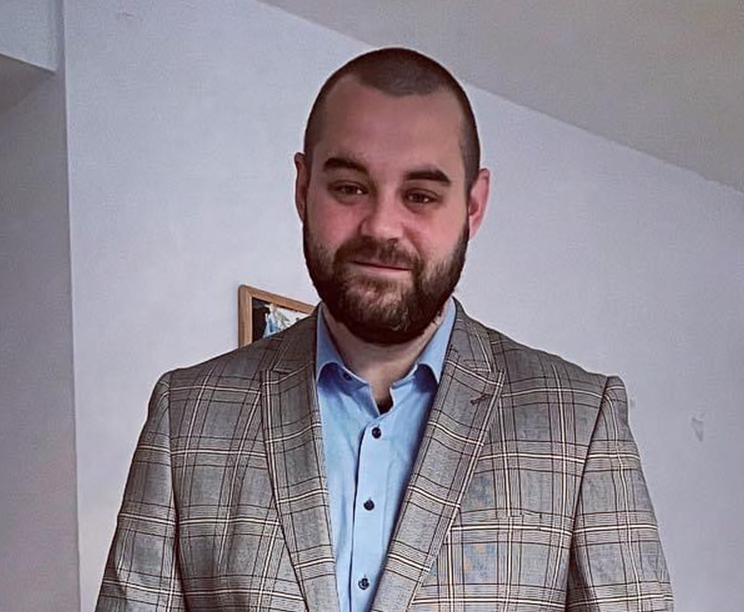

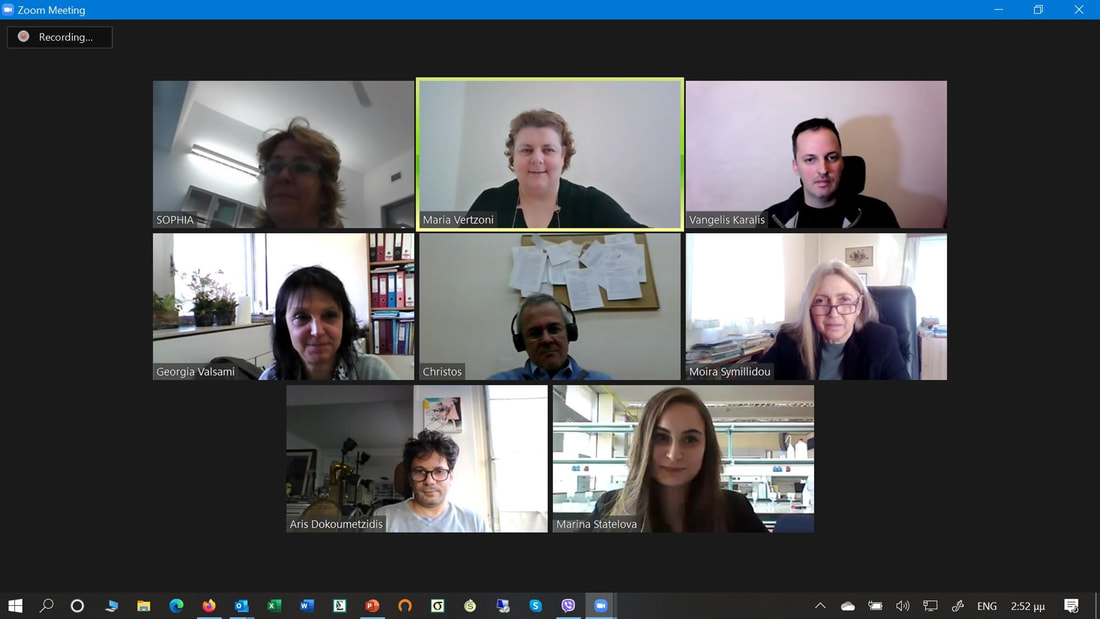
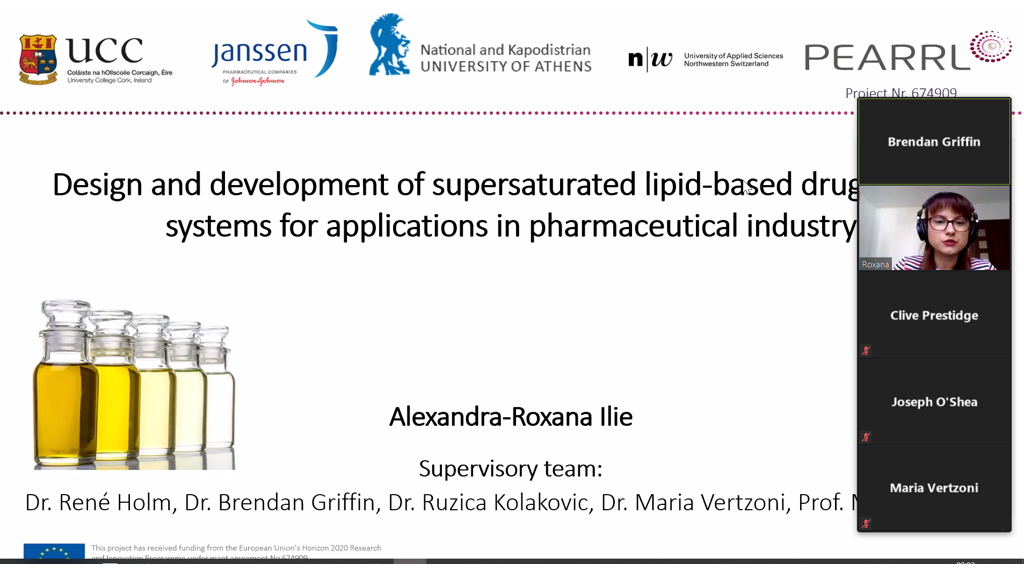
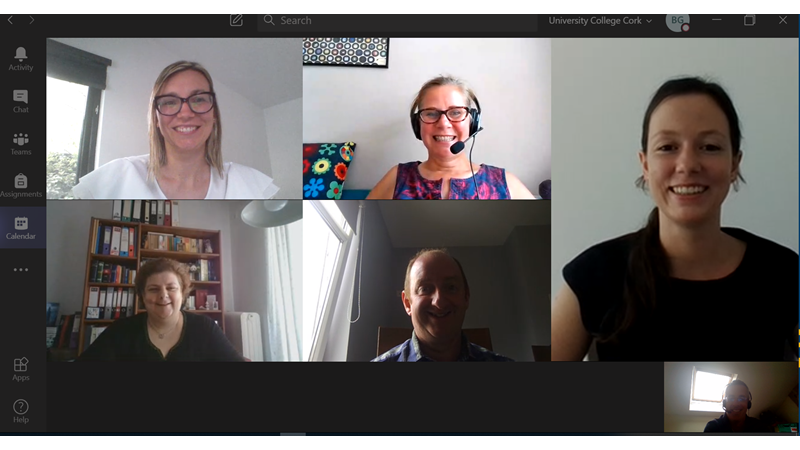
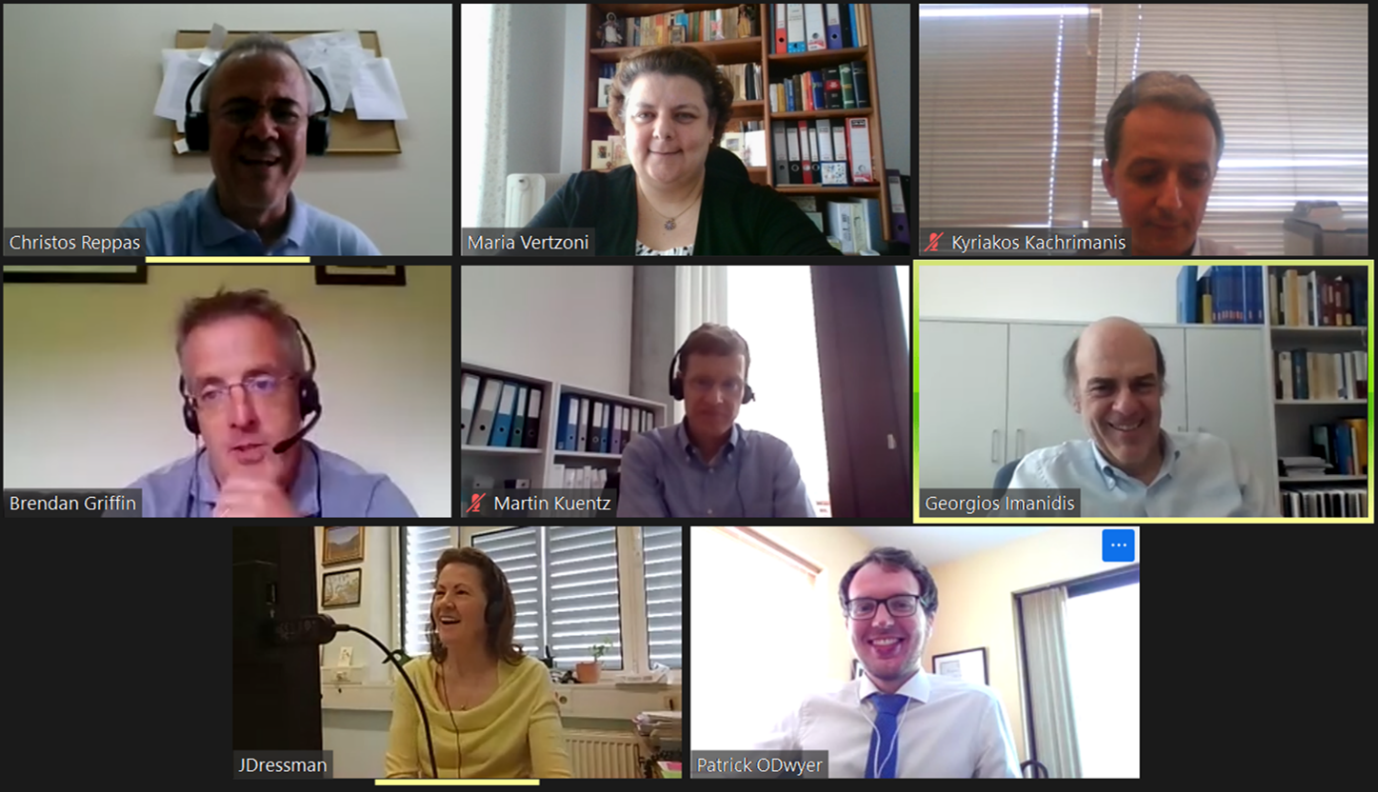
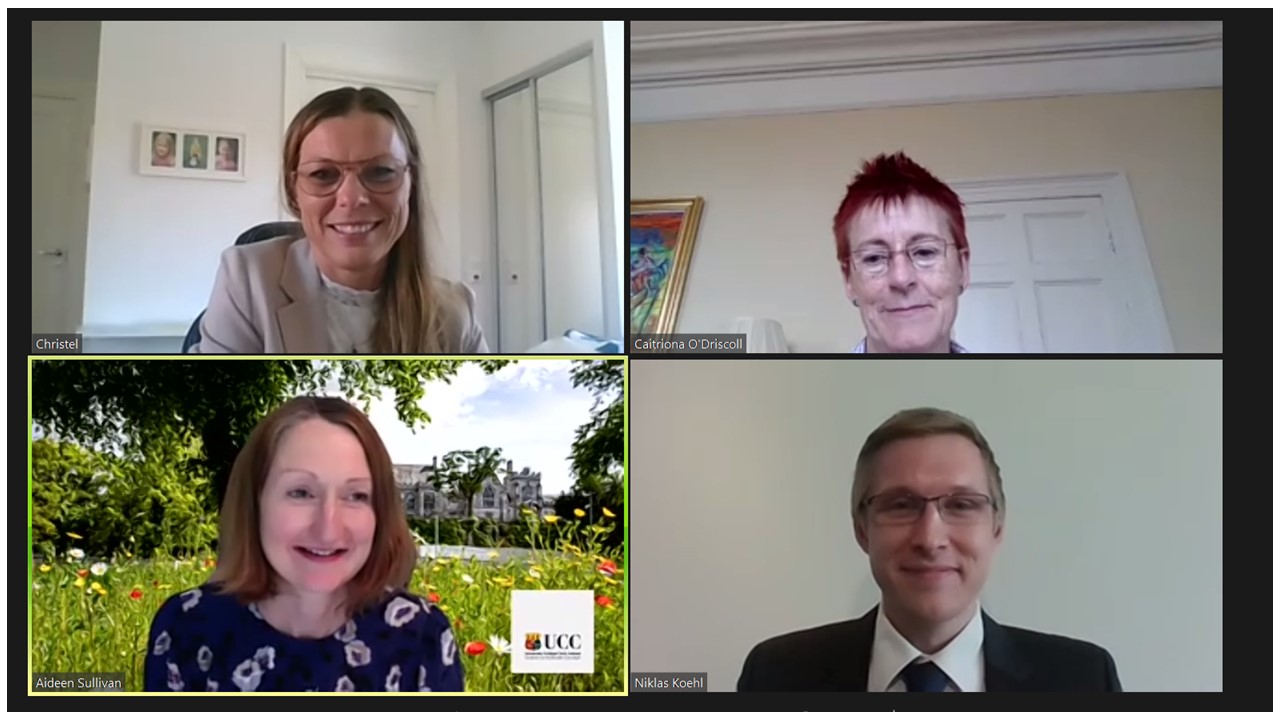
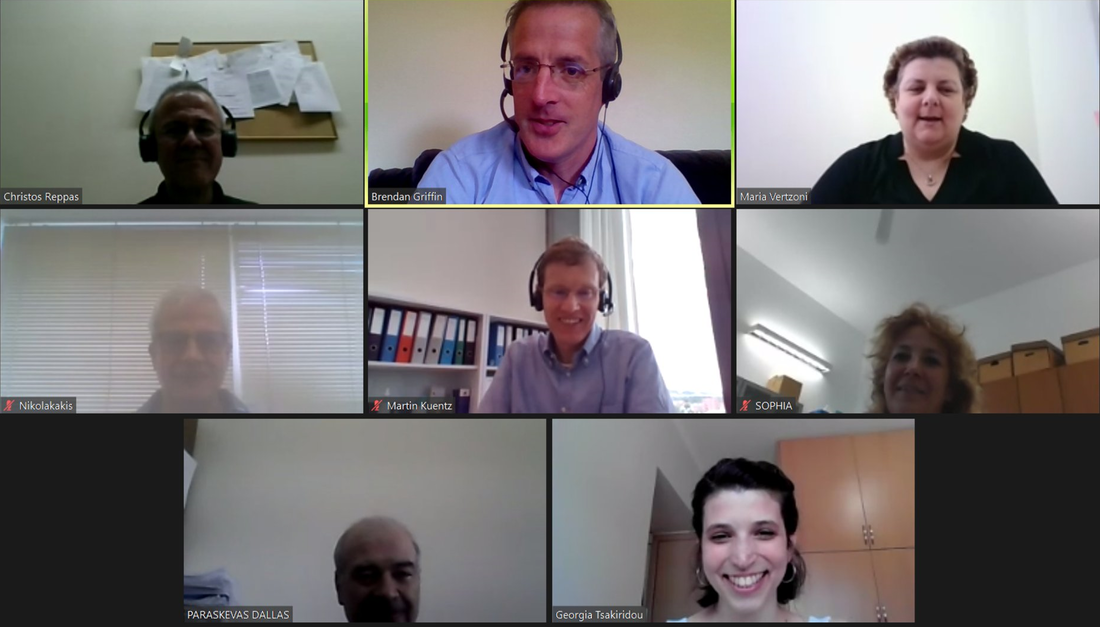

 RSS Feed
RSS Feed
